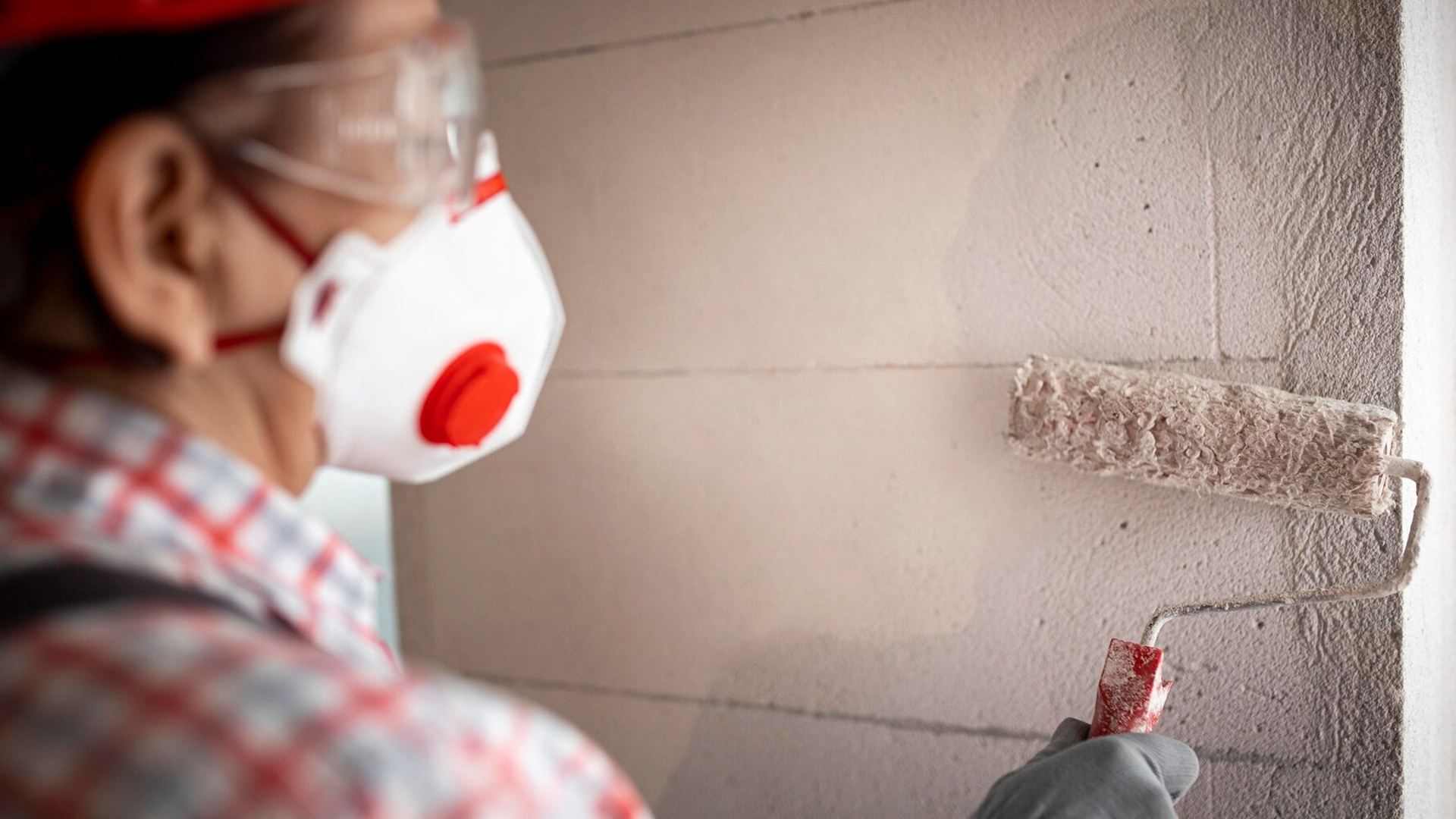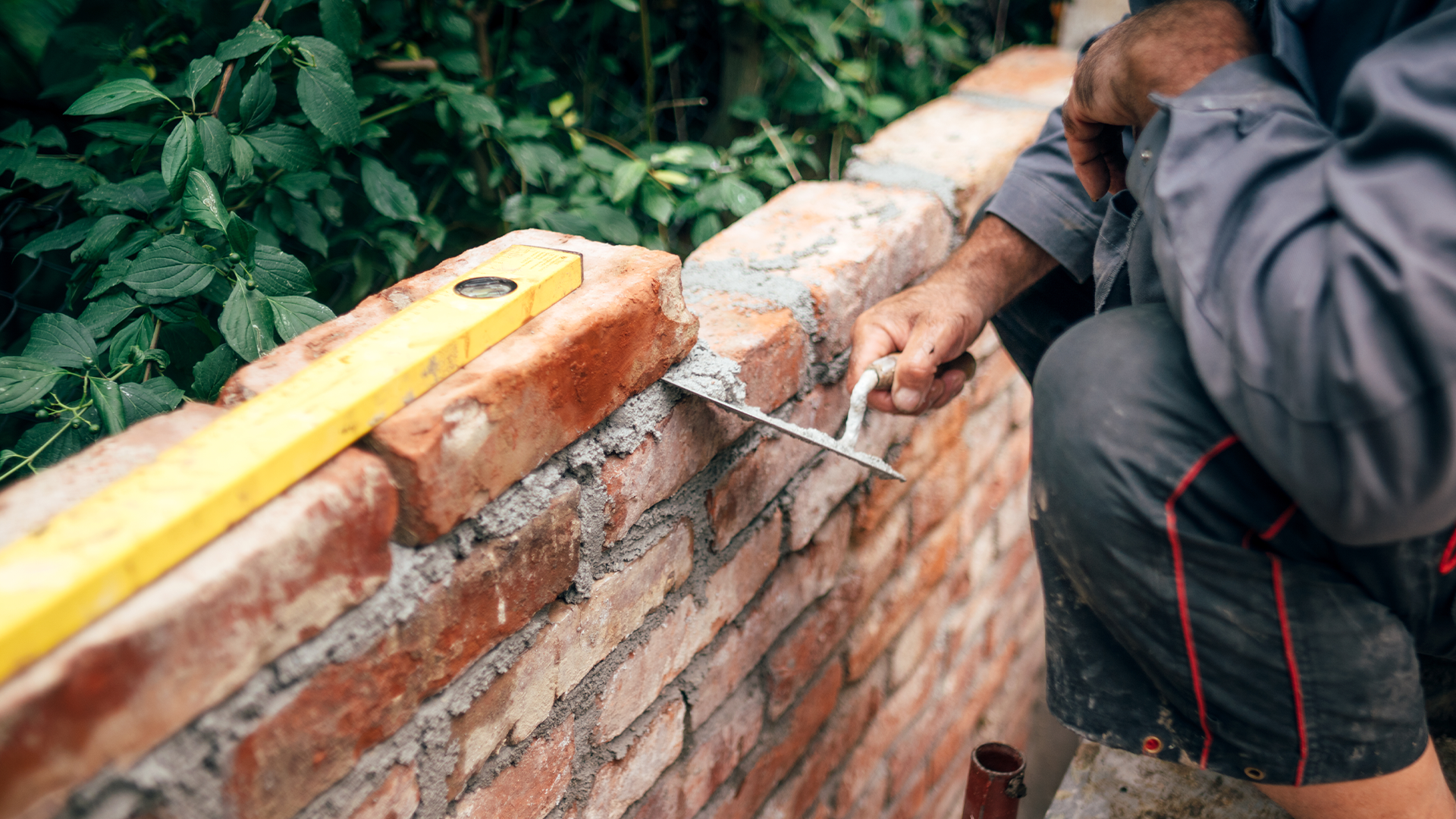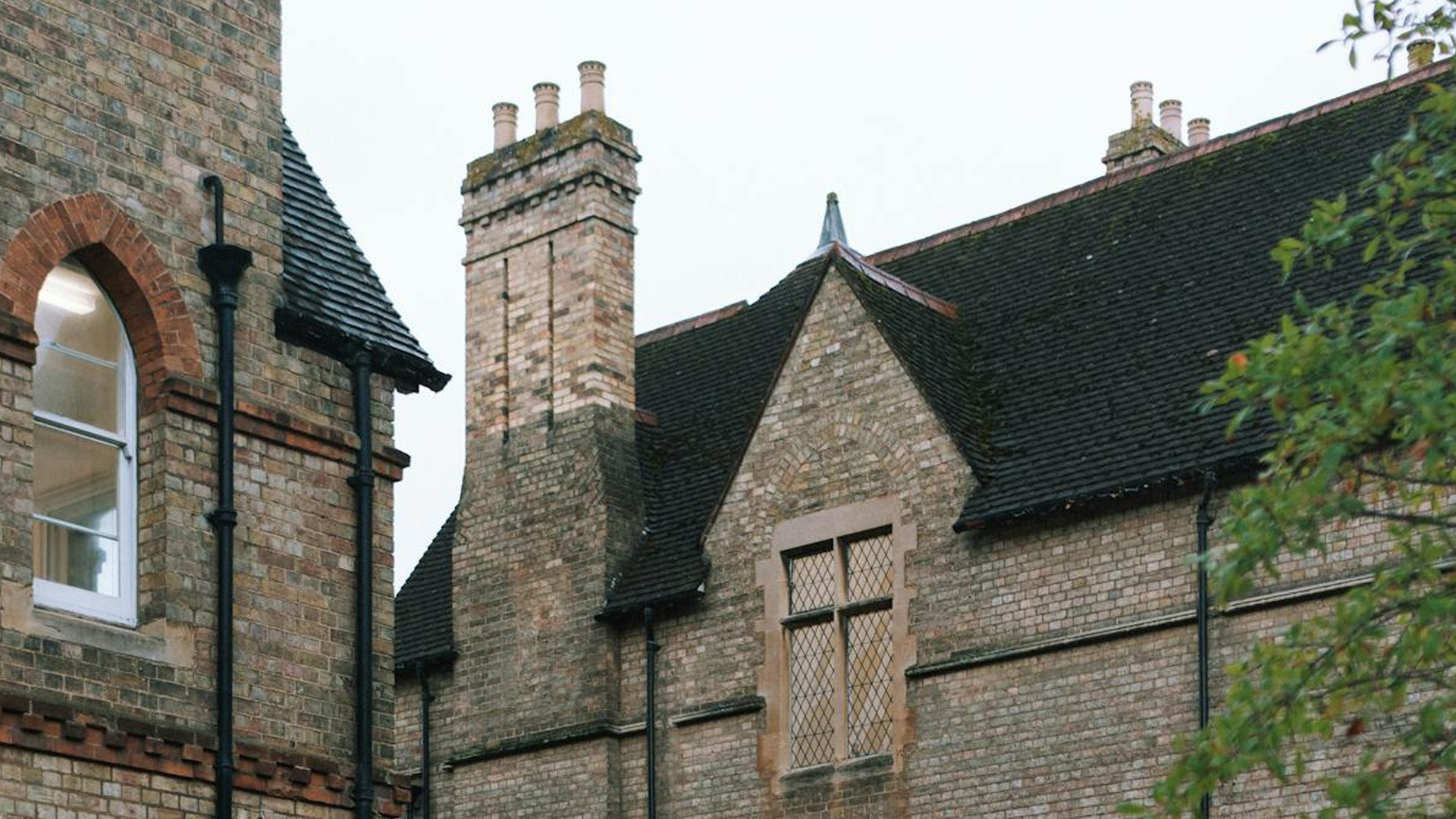Brick houses are difficult to destroy. The mortar between the bricks or brickwork will inevitably deteriorate over time. Repointing is a relatively simple repair procedure (if time-consuming). It is, without question, a wise decision. Because decaying mortar lets water enter between the bricks, causing them to bulge, crack, and generally become blow-downable, it must be repaired.
Mortar Repointing: What Is It?
As the mortar within the joints begins to crack, recede, and fall out, it’s time to chisel out the old and trowel in the new, a process known as repointing. This is a simple procedure, but it must be done carefully and with the proper tools and materials to avoid breaking the brick and irreversibly jeopardising the wall’s stability and look. That involves employing hand tools and lime mortars identical to those used by masons a century ago.
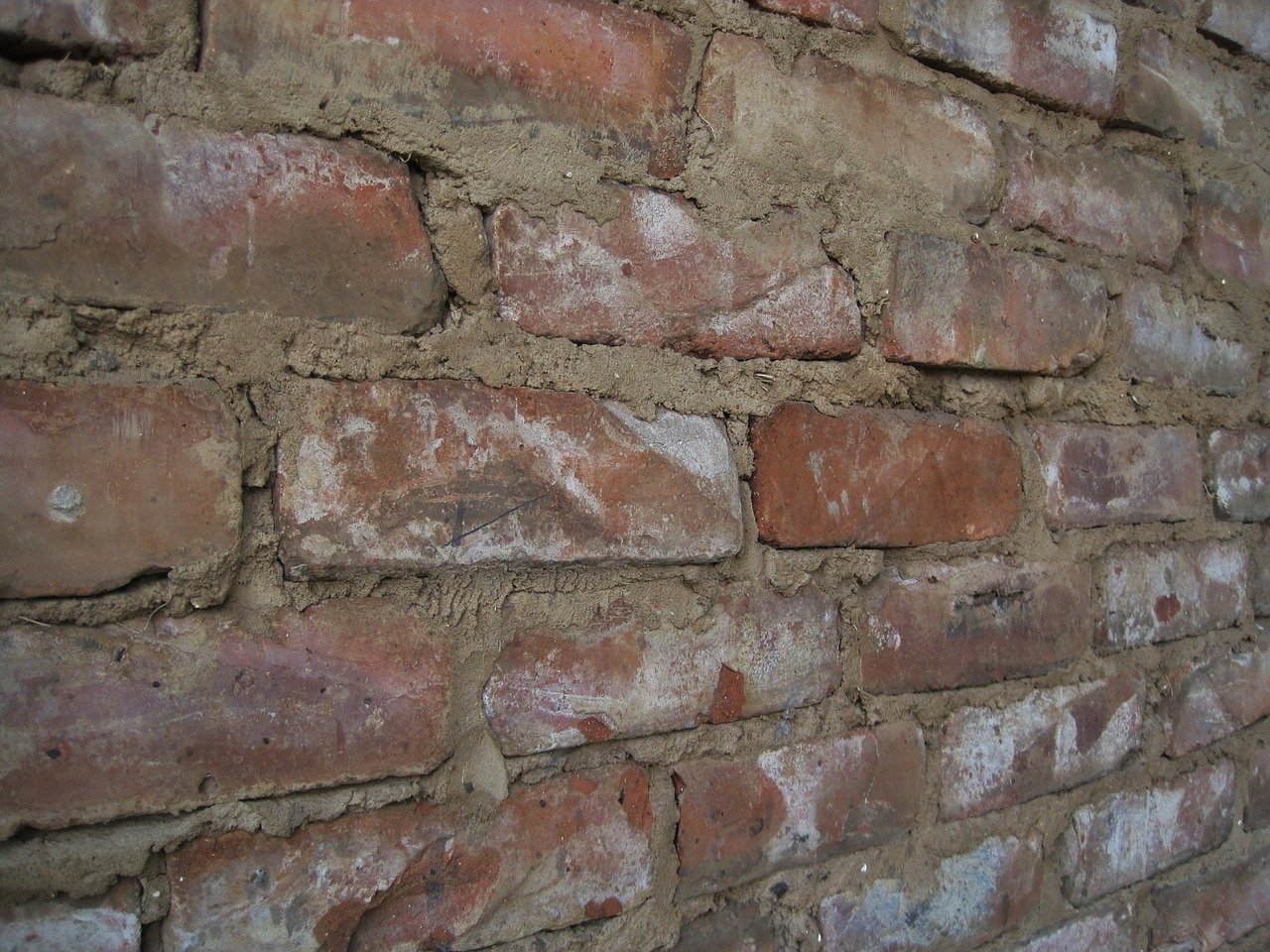
Steps for Repointing
Step 1: Get Rid Of The Old Mortar
It’s all about ripping out the old and putting in the new—while working in little parts. It’s best not to remove all of the old mortar from a wall at once, as this could compromise its structural stability. Remove the old mortar from horizontal and vertical joints by working along the wall in a three- to a five-foot broad area.
To avoid damaging the bricks, you can tap it out with a cool chisel, or a portable grout saw. You can also use a joint raker, which is a hand tool. If you’re certain in your skills, you can use a 4-inch angle grinder, but be careful not to cut into the brick.
Also, the mortar has to be removed to a depth of about 1/2 inch. Remove all dust with a whisk broom, wire brush, or hose, and wear a respirator for your protection.
Step 2: Apply Water To The Wall
Soak your brick wall with a hose and leave it to dry overnight. This will keep the bricks and old mortar hydrated, preventing them from sucking the water out of the new mortar you’ll use the next day. Before laying the new mortar, lightly spray the bricks once more.
Step 3: Combine the new mortar ingredients.
If your house is no more than 50 years old, you can probably repair the gaps between the bricks with regular Portland cement mortar.
However, if your home is older than that, you’ll need to use a different blend of lime and sand. It’s advisable to use the same mix as a substitute because this is what was initially used in brickwork.
Because Portland cement mortar cures extremely firmly, it can cause older bricks to crack. The lime mix cushions the brickwork and travels with the wall as it flexes, almost like discs between vertebrae in the spine.
If you want to be sure you’re using the right mortar substitute, consult a mason who specialises in restoration work. Otherwise, a mortar mix of 6 parts fine white sand, two parts lime, and 1 part white port land cement is a good starting point.
Whatever mortar mix you choose, make it in small amounts since it hardens quickly. Mix all the ingredients in a wheelbarrow till the mortar has a frosting-like consistency and keeps its peaks when drawn upwards with a trowel.
Step 4: Replace The Mortar
Pick up some mortar with a large trowel, then work smaller quantities into the vertical and lateral gaps between the bricks using a pointing trowel. Filling the vertical gaps with a device known as a margin trowel may be easier. Even out your work with the flat edge of the trowel and scrape off any mortar that gets on the bricks’ faces.
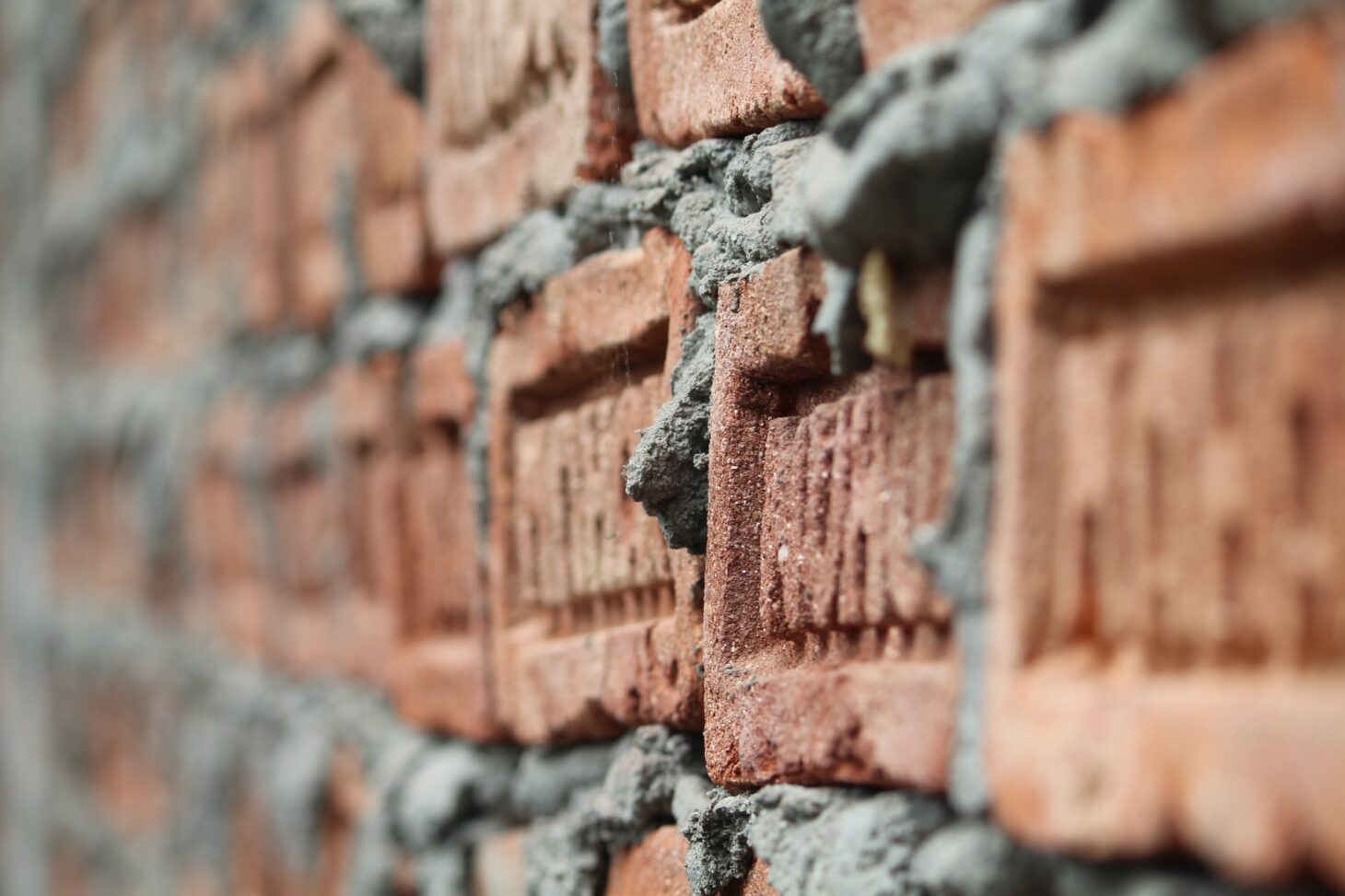
Step 5: Clear the Area
Wait for around an hour for the mortar to solidify before scraping out any remaining mortar from the brick face. Use a firm wire brush to do this, but make careful to sweep horizontally to avoid pulling the fresh mortar out of the joints. Mist the wall every day for the next three to four days to allow the mortar to dry gently and avoid cracking.
Overall, it’s a long, meticulous process, but you’ll soon be satisfied that nobody or nothing will blow your brick house down any time soon.
Also Read: How can heavy rains damage your home?
Is it Possible to Mortar Over Old Mortar?
If your bricks are less than 50 years old, you can probably repoint them securely with modern, cement concrete mortar (though the next repointing contractor, who will have to grind it out, may hate your decision). If your house was built before WWII, the mortar was most likely made of lime and sand, which you should strive to replicate. Otherwise, the bond between the soft old brick and the rock-hard mortar will weaken with the time as the soft old brick gets swollen and shrinks against the rock-hard mortar, moisture starts to get trapped within the wall, and the brick faces will start popping off.
Traditional lime mortar functions as a cushion, allowing moisture to easily escape the wall while flexing with the movement of the bricks.
A restoration mason can examine ancient mortar and create an appropriate mix. Hydraulic lime comes in bags and hardens when it mixes with water, similar to port land cement, and lime putty mortar, which comes in buckets and hardens slowly by interacting with carbon dioxide in the air, are the two options.
Conclusion
Concrete, cement, and other similar materials aren’t intended to adhere to or attach to ancient surfaces. If you merely add new mortar to old, you will not get adequate results. It just does not work. This type of installation would benefit from using a modified thin set mortar.


